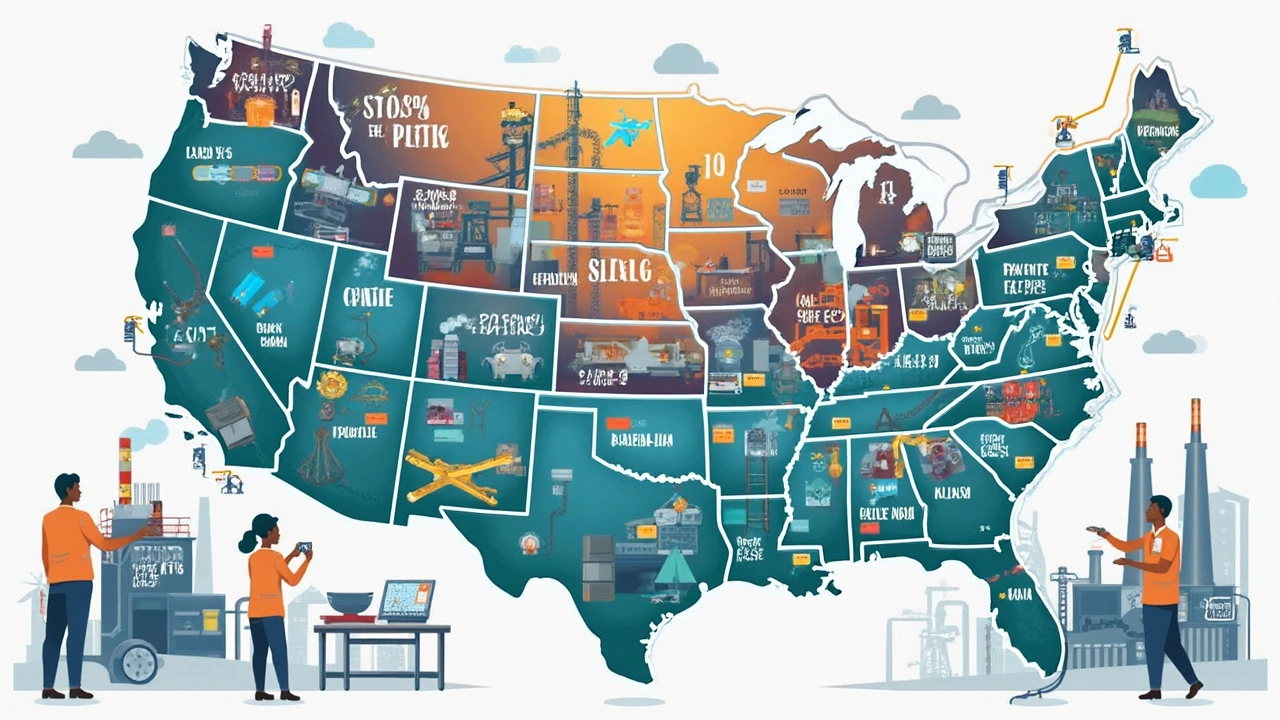Where Is Plastic Made? A Quick Guide to Global Production Hubs
Ever wonder where the plastic in your water bottle or phone case comes from? The answer isn’t a single factory – it’s a network of countries that specialize in turning oil into everyday items. Knowing the main producers helps you understand price trends, environmental impact, and supply chain risks.
Biggest Plastic Producers by Country
China leads the pack, churning out more than 30% of the world’s plastic. Its massive petrochemical complexes, cheap labor, and supportive policies keep output high. The United States follows, with strong demand for packaging and automotive parts driving its factories. Europe splits the rest – Germany and Italy have advanced recycling loops, while the Netherlands focuses on specialty polymers.
Why These Countries Dominate
Three factors explain the concentration:
1. Access to raw materials. Most plastic starts as crude oil or natural gas. Countries with large refining capacity, like Saudi Arabia and Russia, can produce cheap feedstock and attract downstream manufacturers.
2. Infrastructure and logistics. Efficient ports, rail links, and energy grids reduce transport costs. That’s why Southeast Asian hubs such as Thailand and Vietnam are rising fast – they offer low‑cost labor plus modern logistics.
3. Government incentives. Tax breaks, export subsidies, and relaxed environmental rules make it easier for companies to set up large plants. China’s “Made in China 2025” plan and India’s “Plastic Parks” scheme are good examples.
India is a surprising player. While not a top‑10 producer yet, its government’s push for domestic manufacturing and a growing consumer market mean more plastic plants are popping up, especially in Gujarat and Maharashtra. This shift also helps reduce reliance on imports.
If you’re a business looking for a supplier, consider these points:
- Cost vs. quality – China offers low price, but Europe may give higher technical specifications.
- Lead time – proximity to your market can cut shipping time dramatically.
- Regulations – some countries enforce stricter environmental standards, which can affect product certifications.
For eco‑conscious buyers, the picture is changing. Countries like Sweden and the Netherlands are investing heavily in recycled plastics and bio‑based alternatives, creating new supply chains that avoid virgin fossil feedstock.
Bottom line: plastic is made wherever cheap feedstock, good infrastructure, and supportive policies meet. China, the United States, and a growing group of Asian nations dominate today, but shifts toward sustainability are opening doors for Europe and emerging markets like India.
Knowing where plastic comes from helps you make smarter sourcing decisions, anticipate price changes, and support greener production when possible.

Where is Plastic Made in the US? Your Map to American Plastic Manufacturing
Ever wondered where all the plastic items you use every day actually come from? This article maps out the main hubs for plastic manufacturing in the US, shining a light on the states and cities that shape the plastic industry. You’ll learn what types of plastics get made where, discover some big-name companies behind your household goods, and pick up tips for connecting with local suppliers. Get ready to see the everyday plastic around you in a totally new way.
